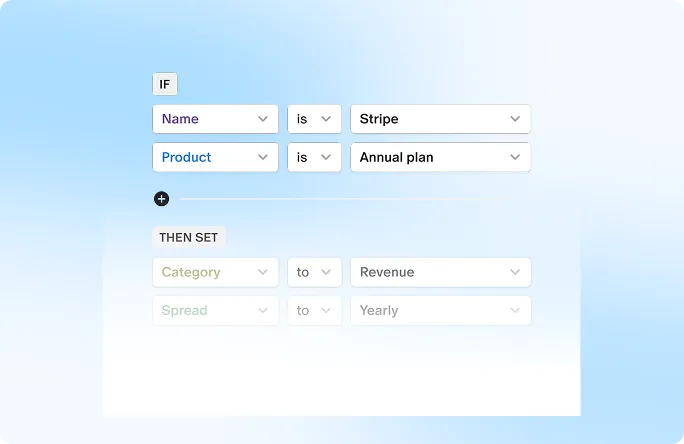As an entrepreneur, you have a lot on your plate. From developing a business plan to securing funding, there are many challenges to overcome. One area that can be particularly confusing is the cap table. Understanding your cap table is critical to your success as an entrepreneur, and this blog post will explain everything you need to know.
What is a CapTable?
A cap table, short for capitalization table, is a spreadsheet that lists all the shareholders in a company, the number of shares they own, and the percentage of the company they own. The cap table is used to calculate the company's valuation, as well as to track ownership changes and equity dilution over time.
Why is a CapTable Important?
A cap table is critical for several reasons. First, it helps you keep track of who owns what percentage of your company. This information is essential when you're negotiating with investors, selling your company, or distributing profits. A well-maintained cap table can also help you avoid legal disputes down the line.
Second, a cap table can help you understand how much equity you have left to offer new investors or employees. Equity is a precious commodity, and you need to make sure you're not giving away too much of it. A cap table can help you see how much equity you have left and how much you need to retain to maintain control of your company.
Finally, a cap table can help you understand the potential impact of future funding rounds. As you raise more money, you'll likely need to issue more shares, which can dilute the ownership of existing shareholders. A cap table can help you see how much dilution you're facing and plan accordingly.
What Information Should Be Included in a CapTable?
A cap table should include the following information:
1. Shareholder Names: The names of all shareholders, including founders, investors, and employees who own equity in the company.
2. Share Classes: The different types of shares issued by the company, including common stock, preferred stock, and options.
3. Share Numbers: The number of shares each shareholder owns in each share class.
4. Share Prices: The price per share paid by each shareholder for each share class.
5. Ownership Percentages: The percentage of the company owned by each shareholder in each share class.
6. Option Pool: The number of shares reserved for employee stock options.
7. Outstanding Shares: The total number of shares issued by the company.
8. Fully Diluted Shares: The total number of shares that would be outstanding if all options and warrants were exercised.
How to Create and Maintain a Cap Table?
Creating a captable can be a daunting task, but there are many resources available to help you. Several software programs and online tools can help you create and maintain a captable. Get started for free here on qapita or book a demo here.
Once you've created your cap table, it's essential to keep it up to date. Every time you issue new shares, sell shares, or grant stock options, you need to update your cap table. It's also essential to keep accurate records of all transactions related to your cap table, including board approvals, stock option grants, and share issuances.
Conclusion:
A captable may seem overwhelming at first, but it's an essential tool for any entrepreneur. Understanding your cap table can help you make informed decisions about your company's finances, avoid legal disputes, and plan for the future. By including all the necessary information and keeping it up to date, you'll be well on your way to building a successful company.


 Equity management
Equity management

 Fund management
Fund management

 Fund management
Fund management

 Fund management
Fund management











































